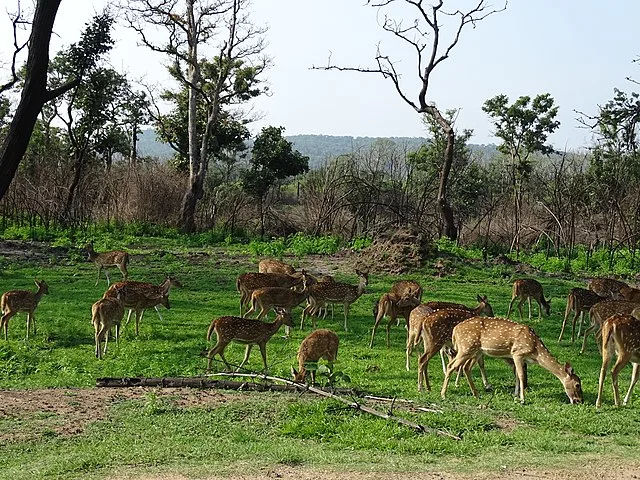Nestled in the foothills of the Western Ghats in Karnataka, India, Bandipur National Park stands as a testament to the country’s commitment to preserving its natural heritage. This sprawling reserve, covering an extensive area of lush forests and diverse ecosystems, is renowned for its rich biodiversity and mesmerizing landscapes.
History and Establishment
Established in 1974 as a tiger reserve under Project Tiger, Bandipur National Park boasts a significant historical background. Initially, it was the hunting grounds of the Maharajas of Mysore, but with changing times, it transformed into a protected area, aimed at conserving the endangered species inhabiting its realms.
Geographical Location and Area
Spread over an area of approximately 874 square kilometers, Bandipur National Park is strategically located at the junction of the Deccan Plateau and the Western Ghats. Its geographical diversity, ranging from dry deciduous forests to moist evergreen habitats, contributes to its rich and varied ecosystem.
Biodiversity and Wildlife
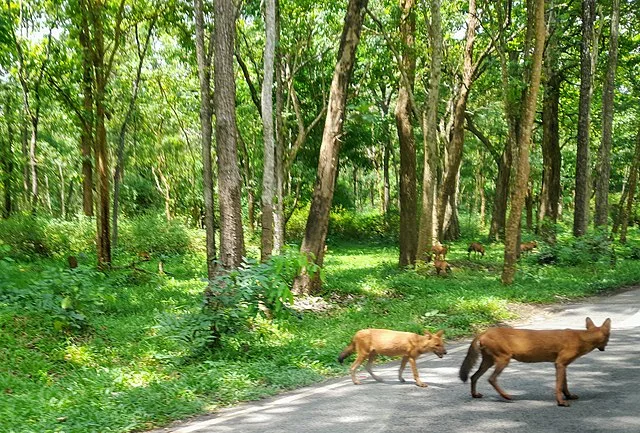
Flora
Bandipur is home to a myriad of plant species, including towering teak trees, rosewood, sandalwood, and a plethora of medicinal herbs. The park’s vegetation plays a crucial role in sustaining its diverse wildlife populations.
Fauna
The park is renowned for its thriving population of tigers, making it one of the most important tiger reserves in India. Besides tigers, Bandipur is also home to other charismatic megafauna such as elephants, leopards, gaur, and sloth bears. Additionally, it harbors a wide array of bird species, making it a paradise for birdwatchers.
Conservation Efforts
Bandipur National Park has been at the forefront of conservation initiatives in India. Various projects aimed at preserving its flora and fauna, along with stringent anti-poaching measures, have contributed to the park’s success in wildlife conservation.
Safari and Tourism
Safari experiences in Bandipur offer visitors a chance to explore the wilderness and encounter its majestic inhabitants up close. Jeep safaris and elephant rides are popular among tourists, providing them with unforgettable wildlife experiences.
Accommodation Options
From luxurious resorts to eco-friendly lodges, Bandipur offers a range of accommodation options catering to different preferences and budgets. Staying amidst the serene surroundings of the park adds a unique charm to the overall wildlife experience.
Nearby Attractions
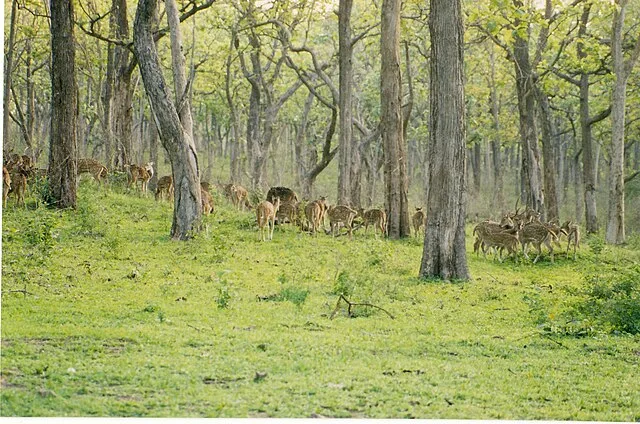
Surrounded by picturesque landscapes, Bandipur National Park serves as a gateway to several other attractions in the region, including the picturesque hill station of Ooty and the historical town of Mysore.
Best Time to Visit
The best time to visit Bandipur National Park is during the winter months, from October to March, when the weather is pleasant, and wildlife sightings are frequent. However, the park remains open throughout the year, each season offering a unique perspective of its beauty.
How to Reach Bandipur National Park
Located approximately 220 kilometers from Bangalore, the capital city of Karnataka, Bandipur National Park is well-connected by road. The nearest airport and railway station are in Mysore, which is about 80 kilometers away from the park.
Rules and Regulations
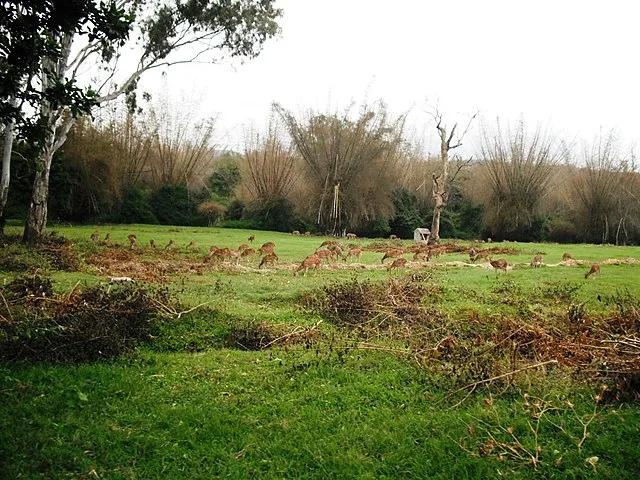
To ensure the preservation of the park’s fragile ecosystem, visitors are required to adhere to strict guidelines and regulations. These include maintaining a safe distance from wildlife, refraining from littering, and following the instructions of park authorities during safaris.
Challenges and Threats
Despite its conservation efforts, Bandipur National Park faces various challenges, including habitat loss, human-wildlife conflict, and poaching. Addressing these challenges requires concerted efforts from both government agencies and local communities.
Community Involvement
Local communities play a crucial role in the conservation of Bandipur National Park. Initiatives aimed at involving communities in sustainable livelihood practices and raising awareness about the importance of wildlife conservation are key to ensuring the long-term survival of the park’s biodiversity.
Success Stories
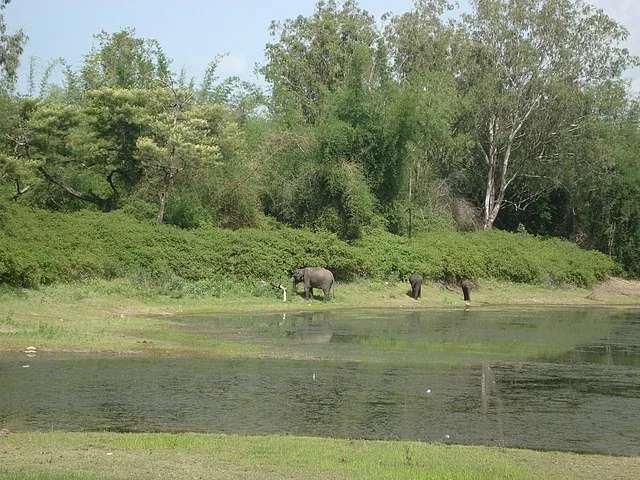
Over the years, Bandipur National Park has witnessed several success stories in wildlife conservation. The recovery of tiger populations and the reintroduction of species such as the Indian bison (gaur) are shining examples of the park’s commitment to preserving its natural heritage.
Conclusion
Bandipur National Park stands as a shining example of India’s rich biodiversity and its efforts towards wildlife conservation. With its stunning landscapes, diverse wildlife, and conservation initiatives, it continues to captivate visitors from around the world, offering them a glimpse into the wonders of the natural world.
FAQs
- Is Bandipur National Park safe for tourists?
- Yes, Bandipur National Park is safe for tourists, provided they adhere to the guidelines and regulations set by the park authorities.
- What are the safari options available in Bandipur?
- Bandipur offers jeep safaris and elephant rides for visitors to explore the wilderness and spot wildlife.
- Can I stay inside the park overnight?
- Yes, there are accommodation options available inside the park, ranging from luxury resorts to eco-friendly lodges.
- What is the best time of year to visit Bandipur National Park?
- The best time to visit Bandipur is during the winter months, from October to March, when the weather is pleasant, and wildlife sightings are frequent.
- Are there any restrictions on photography inside the park?
- While photography is allowed, visitors are advised to maintain a safe distance from wildlife and refrain from using flash photography to avoid disturbing the animals.

